What to Know Before Replacing Plumbing During a Home Renovation
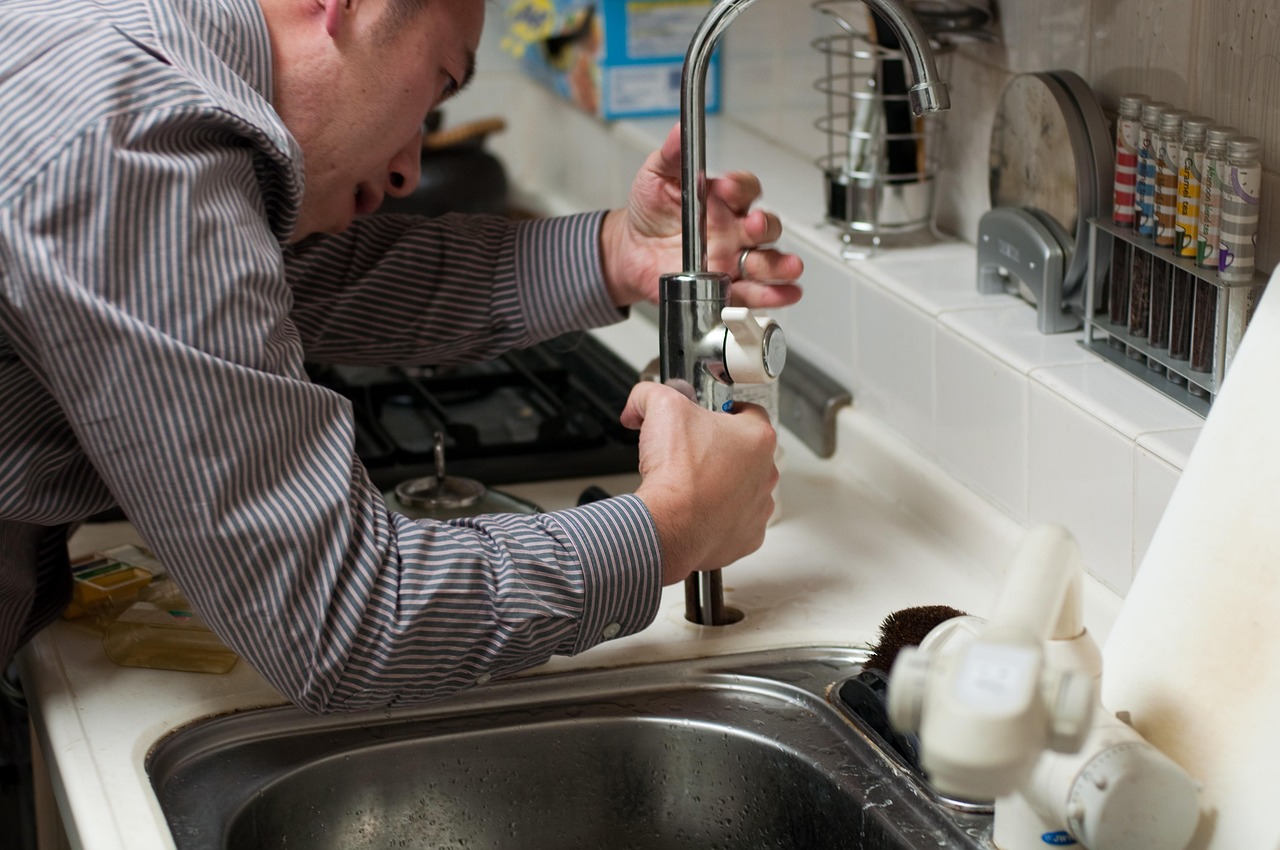
Home renovations can be an exciting journey, but they often come with a few unexpected twists. Among the most critical aspects to consider is your plumbing system. It’s easy to overlook this vital component when planning your remodel, but neglecting it might lead to costly headaches down the line. If you’re contemplating plumbing repairs during this renovation, there are several key factors to keep in mind. From identifying signs that indicate replacement is necessary to understanding material options and budgeting effectively, being informed will help ensure a smooth process. Let’s dive into everything you need to know before tackling that plumbing overhaul.
Navigating through plumbing replacements requires careful thought and expertise to ensure long-lasting results that align with both functionality and aesthetics within your renovated space.
Signs That Indicate the Need for Plumbing Replacement
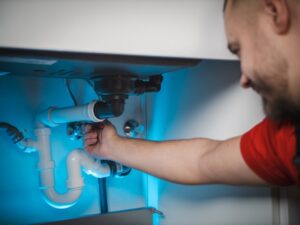 Identifying when your plumbing needs replacement is crucial. Look for water stains on walls or ceilings, which can indicate leaks behind the scenes. If you notice a sudden increase in your water bill without an obvious reason, this could point to hidden issues. Another sign is inconsistent water pressure. If your faucets are sputtering or the flow seems weak, it might be time to assess your pipes.
Identifying when your plumbing needs replacement is crucial. Look for water stains on walls or ceilings, which can indicate leaks behind the scenes. If you notice a sudden increase in your water bill without an obvious reason, this could point to hidden issues. Another sign is inconsistent water pressure. If your faucets are sputtering or the flow seems weak, it might be time to assess your pipes.
Factors to Consider Before Replacing Plumbing
Before diving into a plumbing replacement, consider the age of your existing system. Older pipes may be more prone to leaks and clogs. Evaluate the layout of your home. A significant redesign might require relocating pipes, which adds complexity and cost. Check for any signs of damage or wear. Rusty joints or drips can indicate deeper issues that need addressing before new installations. Think about local building codes. Compliance is essential, and some areas have specific requirements for plumbing systems that you must follow.
Common Plumbing Materials and Their Pros and Cons
Copper is a popular choice for plumbing materials. It’s durable and resistant to corrosion. However, the initial cost can be quite high. PVC pipes are another option. They’re lightweight and easy to install. Plus, they don’t rust or corrode over time. But they can’t withstand extreme temperatures, which might be an issue in certain climates. PEX tubing offers flexibility and ease of installation as well. Its resistance to freezing makes it suitable for colder regions. On the downside, PEX may not hold up well against UV light exposure.
How to Budget for a Plumbing Replacement Project
Budgeting for a plumbing replacement project can feel daunting, but it doesn’t have to be. Start by assessing the scope of your renovation. Identify which parts of your plumbing system need attention. Next, gather estimates from multiple plumbers. This gives you a clearer picture of current market rates and helps avoid surprise costs later on. Don’t forget to factor in labor costs; skilled professionals may charge more, but their expertise is invaluable. Allocate additional funds for unexpected issues that might arise during the project. Old pipes or hidden leaks could turn up when least expected.
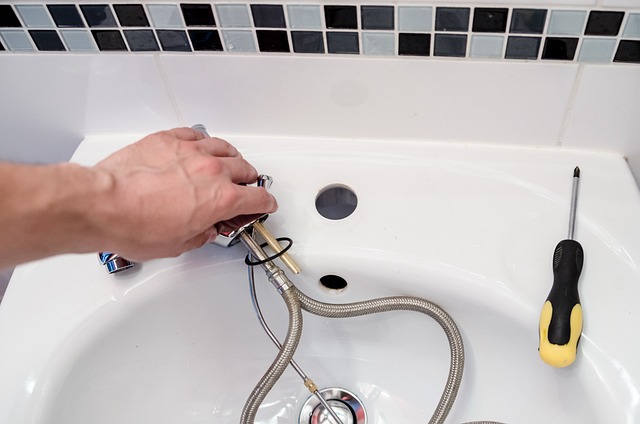
Tips for Maintaining Your New Plumbing System
Maintaining your new plumbing system is essential for longevity and efficiency. Start by regularly checking for leaks. Even small drips can lead to significant water waste over time. Next, be mindful of what goes down the drain. Avoid flushing anything other than toilet paper and human waste. Grease, food scraps, and personal hygiene products can cause clogs. Consider using drain strainers in sinks and showers to catch hair and debris before they enter the pipes. This simple step can save you from costly repairs down the line. Regularly inspect exposed pipes for signs of corrosion or wear. Address any issues immediately before they escalate into bigger problems.
In Conclusion
Proper planning and seeking professional guidance can make a significant difference in the outcome of your plumbing replacement during home renovations. Understanding the signs that indicate it’s time for an upgrade is vital, as it can save you from future headaches and costly repairs. Taking into account factors such as current plumbing conditions, local codes, and budget constraints ensures a smoother process. Knowing the pros and cons of common materials helps you make informed decisions tailored to your specific needs. Budgeting wisely will prepare you for any unexpected costs that may arise during the project. And once you’ve settled on a reputable plumber who understands your vision, you’re one step closer to achieving a successful renovation. Maintenance doesn’t end with installation either; taking proper care of your new system will prolong its lifespan significantly. Investing time upfront in understanding these aspects not only enhances efficiency but also adds value to your home.
…

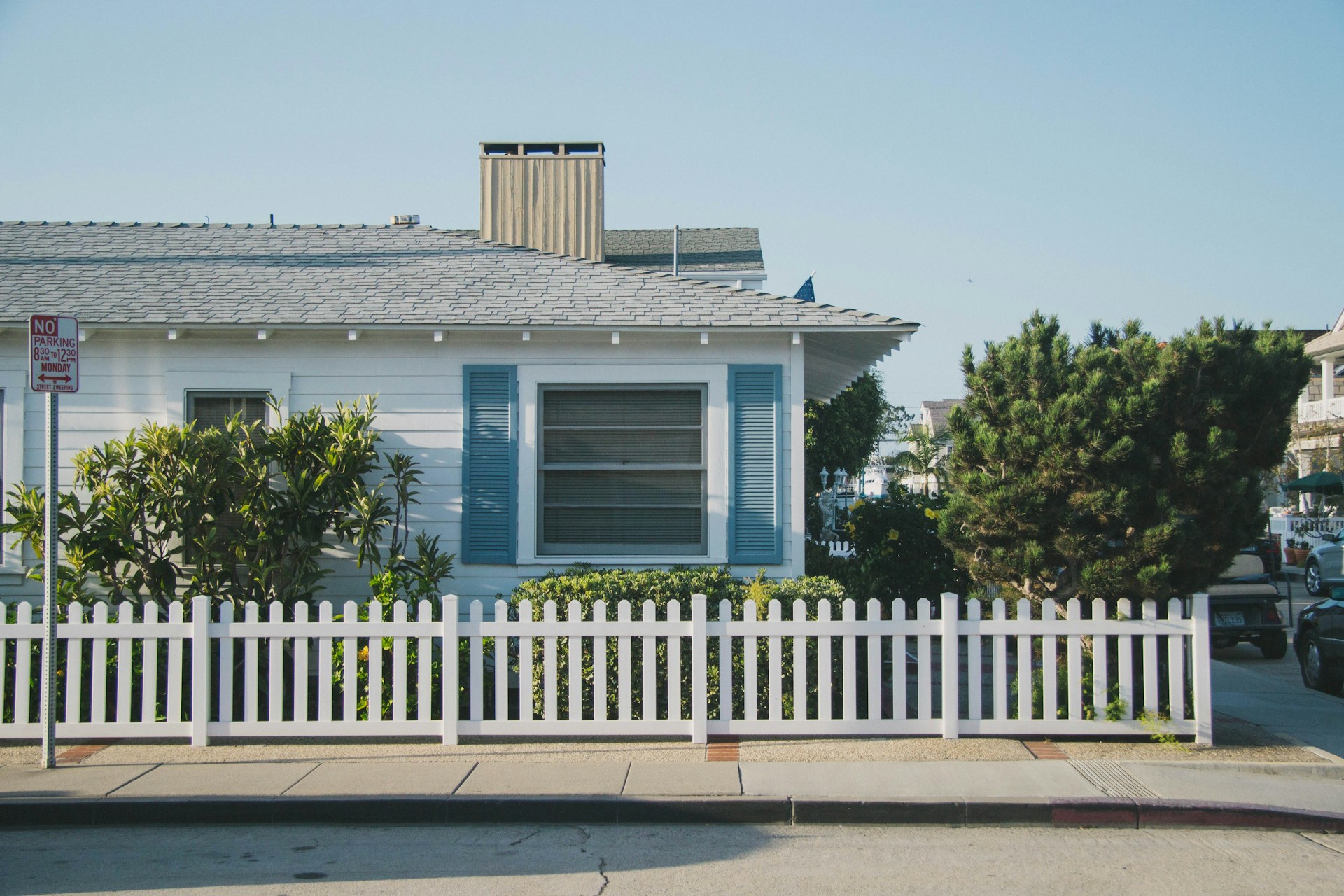
 Before selecting a fencing option, it’s essential to identify its primary purpose. Are you looking for added privacy, security, a decorative element, or a combination of these? For instance, if privacy is a priority, a tall fence made from wood, vinyl, or composite materials might be ideal, as these offer limited visibility. If security is your main concern, you might consider steel or aluminum fencing, which is durable and challenging to breach.
Before selecting a fencing option, it’s essential to identify its primary purpose. Are you looking for added privacy, security, a decorative element, or a combination of these? For instance, if privacy is a priority, a tall fence made from wood, vinyl, or composite materials might be ideal, as these offer limited visibility. If security is your main concern, you might consider steel or aluminum fencing, which is durable and challenging to breach. While choosing a fence that meets your functional needs is essential, don’t overlook the aesthetic appeal. Your fence will be a visible part of your home and should complement your property’s overall style. For example, a rustic wooden fence is perfect for a traditional or country-style home, while a sleek metal or vinyl fence better suits a modern property.
While choosing a fence that meets your functional needs is essential, don’t overlook the aesthetic appeal. Your fence will be a visible part of your home and should complement your property’s overall style. For example, a rustic wooden fence is perfect for a traditional or country-style home, while a sleek metal or vinyl fence better suits a modern property.
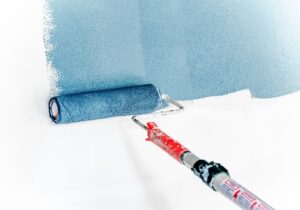 One of the quickest and easiest ways to change the look of your home is to paint the walls.
One of the quickest and easiest ways to change the look of your home is to paint the walls.  Lastly, if you want to add a personal touch to your home, consider adding some new art. You can either purchase pieces or create your own. This is a great way to make your home unique. And if you’re not sure where to start, there are plenty of online tutorials that can help you get started. Art can really make a space come to life. In fact, it’s often the first thing that people notice when they walk into a room. These are just a few of the many ways to enhance your home’s interior. So if you’re looking for a change, consider one of these options. You won’t be disappointed. Thanks for reading. We hope this was helpful. If you have any questions, feel free to reach out to us. We would be more than happy to help you find the perfect solution for your home.…
Lastly, if you want to add a personal touch to your home, consider adding some new art. You can either purchase pieces or create your own. This is a great way to make your home unique. And if you’re not sure where to start, there are plenty of online tutorials that can help you get started. Art can really make a space come to life. In fact, it’s often the first thing that people notice when they walk into a room. These are just a few of the many ways to enhance your home’s interior. So if you’re looking for a change, consider one of these options. You won’t be disappointed. Thanks for reading. We hope this was helpful. If you have any questions, feel free to reach out to us. We would be more than happy to help you find the perfect solution for your home.…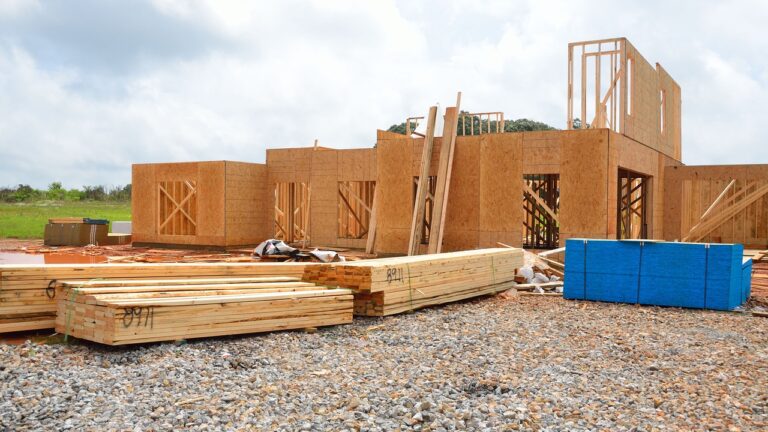
 The first step in buying a new home is planning your budget. Determining how much you can afford to spend is key to finding the right home for you. Don’t forget to factor in closing costs, moving expenses, and
The first step in buying a new home is planning your budget. Determining how much you can afford to spend is key to finding the right home for you. Don’t forget to factor in closing costs, moving expenses, and  Once you have a final plan, you’ll need to order construction permits and hire a contractor. Be sure to get several bids from qualified contractors before making your final decision. Work with the contractor to establish a realistic timeline, budget and be prepared for some surprises. It is important to read the entire contract and ask questions about anything you do not understand. This is your home we are talking about, and you need to be comfortable with every aspect of the contract before signing. If you are thinking of building a new home, it is essential to plan. By considering these tips before you break ground, you can avoid many common mistakes and have a smoother construction process. We hope you found this blog post helpful. Thanks for reading.…
Once you have a final plan, you’ll need to order construction permits and hire a contractor. Be sure to get several bids from qualified contractors before making your final decision. Work with the contractor to establish a realistic timeline, budget and be prepared for some surprises. It is important to read the entire contract and ask questions about anything you do not understand. This is your home we are talking about, and you need to be comfortable with every aspect of the contract before signing. If you are thinking of building a new home, it is essential to plan. By considering these tips before you break ground, you can avoid many common mistakes and have a smoother construction process. We hope you found this blog post helpful. Thanks for reading.…
 When choosing an adjustable bed, the first thing you want to do is check out the different available features. It will help you decide which features are most important to you and which ones you can live without. The most common features include remote control, massage, and zero gravity. A remote control allows you to adjust the position of your bed without having to get up. What’s best about these beds is that some adjustable beds come with a massage function that can help you relax before bed. Aside from that, you can also enjoy the zero gravity feature, which can help you reduce stress and improve circulation.
When choosing an adjustable bed, the first thing you want to do is check out the different available features. It will help you decide which features are most important to you and which ones you can live without. The most common features include remote control, massage, and zero gravity. A remote control allows you to adjust the position of your bed without having to get up. What’s best about these beds is that some adjustable beds come with a massage function that can help you relax before bed. Aside from that, you can also enjoy the zero gravity feature, which can help you reduce stress and improve circulation. Last but not least, you want to make sure that the adjustable bed you choose has a legitimate warranty. If anything goes wrong with the bed, you can have it replaced or repaired. Most adjustable beds come with a five-year warranty, but some brands offer a more extended warranty of up to ten years. Adjustable beds are a great way to get a good night’s sleep. With so many different features and options available, it can be hard to know which one is right for you. But if you keep these tips in mind, you’ll be sure to find the perfect adjustable bed for your needs. Sweet dreams!…
Last but not least, you want to make sure that the adjustable bed you choose has a legitimate warranty. If anything goes wrong with the bed, you can have it replaced or repaired. Most adjustable beds come with a five-year warranty, but some brands offer a more extended warranty of up to ten years. Adjustable beds are a great way to get a good night’s sleep. With so many different features and options available, it can be hard to know which one is right for you. But if you keep these tips in mind, you’ll be sure to find the perfect adjustable bed for your needs. Sweet dreams!…



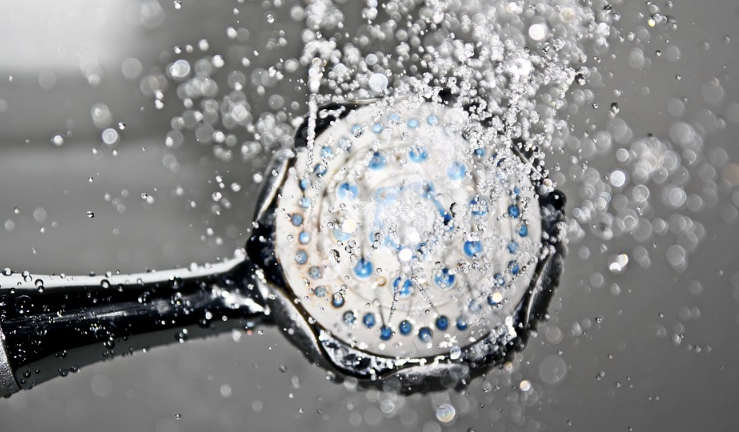

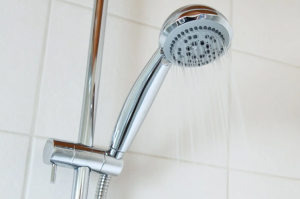 It is extremely important to remember that many minerals are excreted, leaving a spoon full of dirt. Therefore, you will want to wash the water softener. When deciding what best suits your needs, it is essential to choose an easy-to-wash appliance when you need it. Your cleaning needs will be based on the water softener used in your computer system. Rock slabs are soluble compared to solar salt, so you will need to clean tanks and pipes more often.
It is extremely important to remember that many minerals are excreted, leaving a spoon full of dirt. Therefore, you will want to wash the water softener. When deciding what best suits your needs, it is essential to choose an easy-to-wash appliance when you need it. Your cleaning needs will be based on the water softener used in your computer system. Rock slabs are soluble compared to solar salt, so you will need to clean tanks and pipes more often.

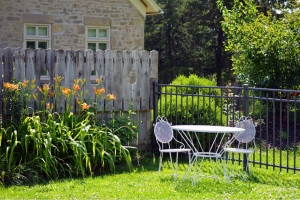 Once fully grown, trees will achieve a specific height and width. And if you’re deciding on a tree to plant on your premises, you have to know about that. If you’re not positive about whether a particular species isn’t appropriate, it’s always recommended that you request help from a professional with a good understanding of trees.
Once fully grown, trees will achieve a specific height and width. And if you’re deciding on a tree to plant on your premises, you have to know about that. If you’re not positive about whether a particular species isn’t appropriate, it’s always recommended that you request help from a professional with a good understanding of trees.

 Most of us understand sexy classified sites that offer rental rates, but if it seems too good to be true, it probably is. Make sure the list contains photos and a phone number in the neighborhood. Also, make sure to check the standard rental rates for the area; if the purchase price seems too good to be true, it probably is. There might also be a catch in a cheaper place, such as a lower parking lot or bad renovations.
Most of us understand sexy classified sites that offer rental rates, but if it seems too good to be true, it probably is. Make sure the list contains photos and a phone number in the neighborhood. Also, make sure to check the standard rental rates for the area; if the purchase price seems too good to be true, it probably is. There might also be a catch in a cheaper place, such as a lower parking lot or bad renovations. This tip may not be common, but if you get caught up in the excitement of the search, it can force you to forget things like the standard electricity bill or when the washer and dryer are included. Owning a list means that a person is prepared, but it also makes them seem responsible for the potential owner.
This tip may not be common, but if you get caught up in the excitement of the search, it can force you to forget things like the standard electricity bill or when the washer and dryer are included. Owning a list means that a person is prepared, but it also makes them seem responsible for the potential owner.
